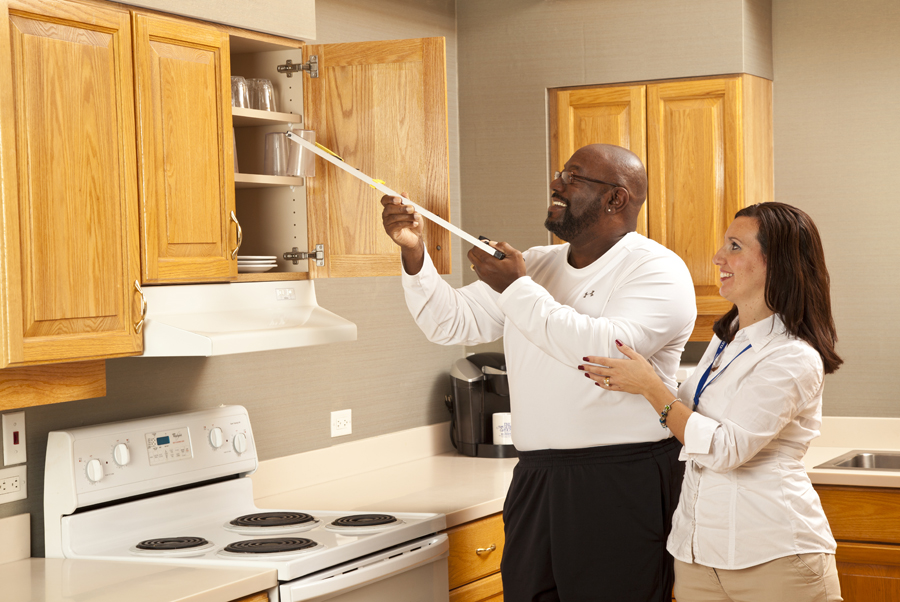Utilizing the Strength of Exercise to Reduce Persistent Pain and Improve Quality of Living

Chronic pain impacts millions of people globally and can significantly reduce the standard of life. It can arise from multiple conditions, such as joint inflammation, fibromyalgia, or prior traumas. While medications and treatments are commonly employed to manage pain, a growing body of studies indicates that physical activity can play a crucial role in relieving chronic pain. Engaging in consistent physical activity can not only help lower pain levels but also enhance overall well-being and capability. Understanding how exercise affects the physical state can empower patients to take control of their pain relief.
Exercise has several physical benefits that can help reduce chronic pain. When people engage in exercise activities, their systems produce endorphins, which are innate pain-killers. Additionally, exercise can boost blood flow and fortify muscles, providing superior support for articulations. For those with issues like arthritis, low-impact workouts such as aquatic exercises or biking can help maintain joint flexibility without placing excessive strain on the body. Consistent exercise also helps in maintaining a fit weight, which can lessen the pressure on load-bearing joints and additionally ease pain.
In furthermore to its bodily benefits, exercise discover here has a favorable effect on emotional health. Chronic pain can often lead to feelings of anxiety and depression, which can exacerbate the perception of pain. Engaging in regular physical activity can help combat these emotions by enhancing self-esteem and elevating mood. Collective exercises, such as yoga or core strengthening, also provide communal interaction, which can improve emotional support. This combination of physical and mental health benefits makes exercise an essential component of a holistic pain relief strategy.
It is crucial to tackle exercise with caution, especially for those dealing with chronic pain. Starting slowly is crucial to avoid worsening symptoms. Patients should think about seeking advice from healthcare experts to develop a personalized exercise plan that considers into consideration their particular issues and constraints. Activities such as stretching, walking, or gentle yoga can be excellent initial points. Slowly boosting the effort and duration of workouts can help build strength and endurance without causing undue stress on the system.
In summary, harnessing the power of exercise can significantly reduce chronic pain and improve standard of life. Regular physical activity not only helps to lessen pain through the release of endorphins and enhanced muscle strength but also promotes mental well-being. By incorporating exercise into daily routines, individuals can empower themselves in managing their pain. A careful and knowledgeable method to exercise, directed by healthcare professionals, can lead to lasting improvements in health and overall standard of life.